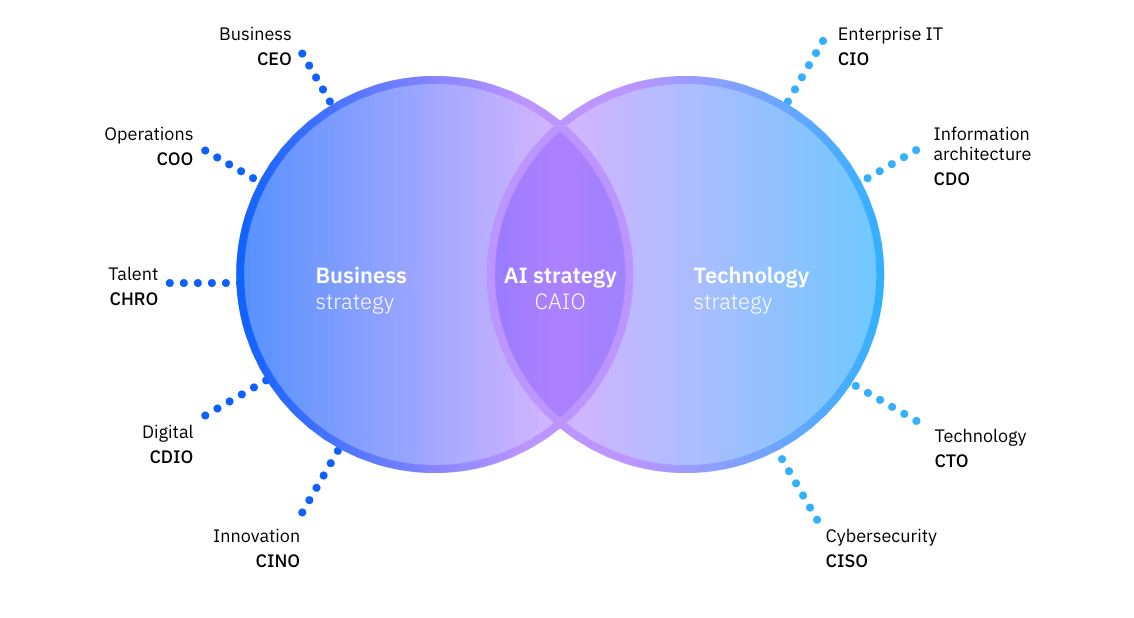- GPTLDR
- Posts
- Who Owns AI ROI
Who Owns AI ROI
⏱️ Your Morning Brief (TL;DR)
Welcome back!
This week, we zero in on the Chief AI Officer (CAIO), a role that’s emerging as the key unlock for real ROI in enterprise AI.
Based on fresh research from IBM’s Institute for Business Value, we break down what every C-suite leader needs to do to turn AI from hype into value.
In today’s brief
How CAIOs are delivering measurable impact
The operating models that outperform,
6 AI related reads
Let’s dive in 🤖
💡 This Week’s Deep Dive
Only 25% of AI initiatives hit ROI targets. IBM’s latest report finds a common denominator in the AI leaders who are breaking through: a Chief AI Officer with real power.

IBM: Solving the AI ROI Puzzle - How CAIOs align C-suite Strategies
🦾 How CAIOs Are Delivering Measurable Impact
CAIOs are the new translators—connecting strategy, technology, data, and operations. But what separates the successful ones?
Clarity on business outcomes: High-performing CAIOs define KPIs beyond technical success, focusing instead on revenue growth, cost reduction, and customer outcomes.
Dashboards that matter: Impact is tracked through organization-wide metrics, not isolated pilots. Think: transformation over tools.
Team structure counts: The best results come from CAIO teams that blend AI specialists with business strategists, not shadow IT teams, but embedded cross-functional units.
Organizations with a CAIO:
Report 10% higher ROI on AI investments
Are 24% more likely to outperform on innovation
Achieve 36% higher ROI when operating AI with a centralized or hub-and-spoke model
🧭 The Operating Models That Outperform
Not all org structures are created equal. The report makes it clear: centralized and hub-and-spoke models beat decentralized approaches by 36% in AI ROI. Why?
Focus: Centralized models reduce redundancy and allow the CAIO to allocate resources toward the highest-impact bets.
Speed: Pilots move into production faster—often 2x more frequently than in fragmented orgs.
Consistency: Shared governance, infrastructure, and data standards reduce friction and unlock scale.
Think of the CAIO not just as a role, but as an operating system—one that coordinates the entire enterprise to act on AI instead of just exploring it.
GPTLDR Takeaways
CAIOs add real ROI: Organizations who hold this position report 10% higher ROI and 24% more likely to outperform on innovation.
Centralized models win: A centralized or hub-and-spoke AI operating model sees 36% greater returns than decentralized.
Metrics grounded in business outcomes: The best performing organizations anchor themselves on AI’s impact on real business value, revenue, retention, productivity not just model performance.
📚 Interesting Reads
AI isn’t coming for your job, it’s coming for your whole org chat (Link)
Slack: How trust unlocks the full potential of AI in the workplace (Link)
CAIOs drive better AI results, but companies still lag on AI leadership (Link)
Re-thinking and realigning IT for the AI era (Link)
The economics of superintelligence (Link)
Podcast: Automation stagnation, why AI has failed to sweep the business world (Link)
The NFL’s winning AI game plan (Link)
➜ Until Next Week
As AI spend continues to rise, the question isn’t if you need a CAIO, it’s whether you’ll empower one to drive measurable value before your competitors do.
Stay curious,
The GPTLDR Team